The Control Stick/Yoke
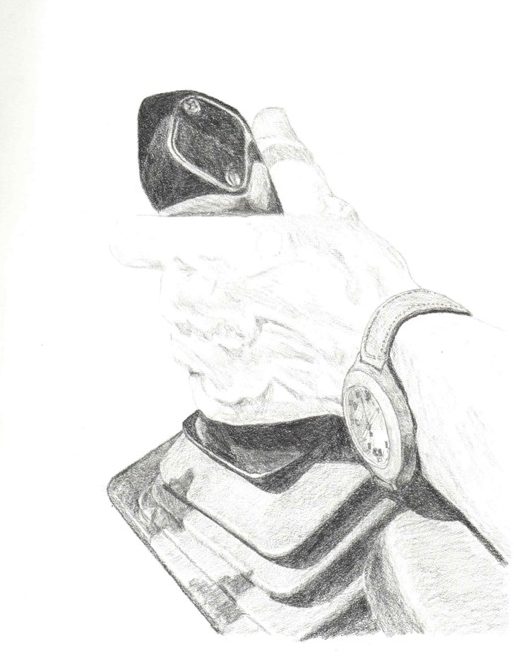
The joystick or control yoke, is one of the most important components of an airplane. It is essentially how you steer and control the movement of an aircraft. I’ll explain how it works, but first you need to understand the three directions of movement of an airplane.
- Pitch. This is the up and down motion of the nose of the aircraft. Similar to the motion of a teeter toter. The axis of this rotation is called the lateral axis. It’s as if there was a pole running inside the wing from one wingtip to the other, allowing the movement of the nose to go up and down.
- Yaw. This is the left-right motion. Like when you turn a boat using the rudder. As if you had a pole running from the top of the plane to the bottom, allowing a left or right turn. This is called the vertical axis.
- Roll. Just as it sounds, it is the rolling motion. When one wing goes down and the other goes up, that is a rolling movement. This axis of rotation is the longitudinal axis. It’s like running a pole from the back of the aircraft to the front. Like how you lean into a turn on a motorcycle.
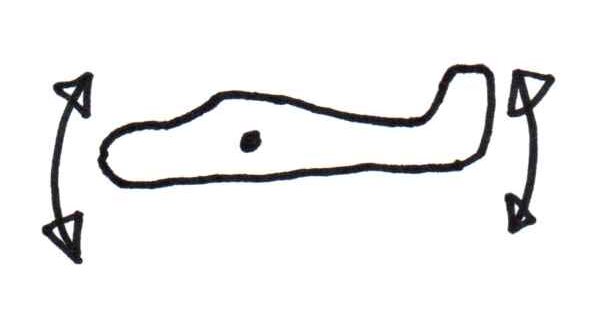
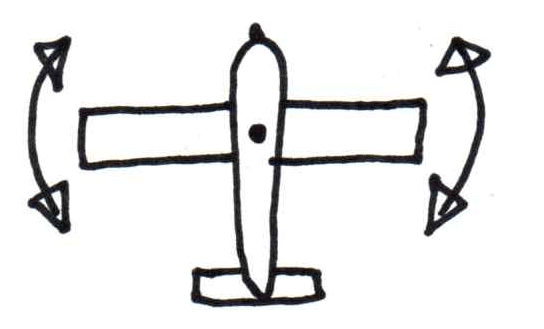
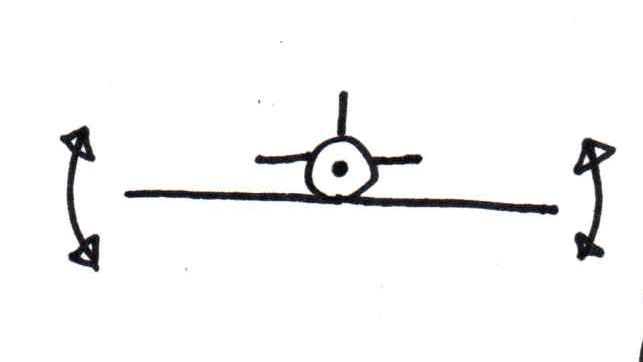
I sketched the movement above, where the dot represents the axis it turns around.
The control yoke, or stick, controls two of these motions, the pitch and roll. When you pull back on the yoke or stick, the nose of the airplane will rise up, and when you push forward, it goes down. This is controlled by the control surfaces called the elevators, on the back of the airplane on the horizontal stabilizer. Your pitch directly affects your speed. The higher of a pitch you have, the slower you will be going. So in general when your nose is high you’re slower and when the nose is down you’re faster. There are ideal pitch configurations depending on the performance you are hoping for. We’ll talk about that later.
When you push the stick to one side (or turn it like a steering wheel if it’s a yoke) the aircraft will roll in that direction. This is because of the control surfaces on the wings, called ailerons. One will deflect upwards, and the other downwards, pushing against the air so the airplane rolls over.
To turn, you actually use the roll motion by pushing your stick or yoke to the side. This motion transfers the lift from the main wings to the side, which pulls the aircraft around. The more of an angle you put the airplane into, the faster you will turn.
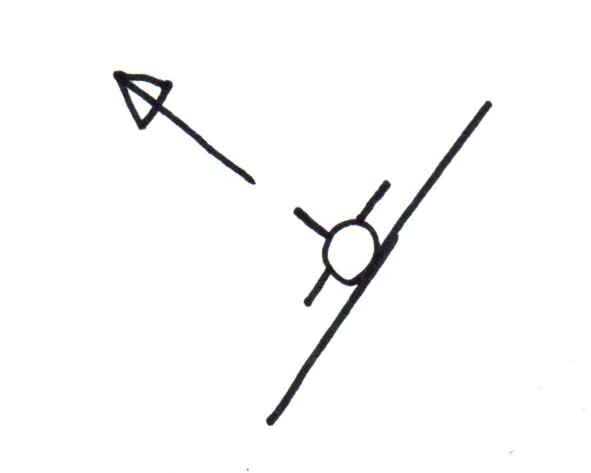
The motion not controlled by the yoke/stick, is yaw. This is controlled by the foot peddles, which turn the rudder (attached to the vertical fin at the back of the plane) or the tail/nose wheel when you’re on the ground. Your rudder, or yaw, will just be used to coordinate every maneuver so you are not slipping or skidding when you don’t want to be.
One of the first things you will practice as a learning pilot, is to hold the aircraft straight and level. This is a great thing to get really comfortable with, because you will spend the majority of your flying time in this attitude. The first time I had a chance to fly an airplane straight and level, I kept on overcorrecting, and ended up climbing a thousand feet over the course of some time. But as with everything, with practice and muscle memory, it will become second nature!
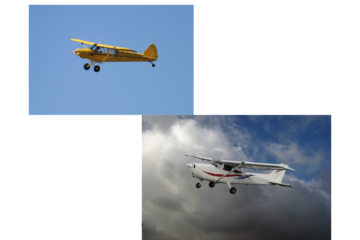
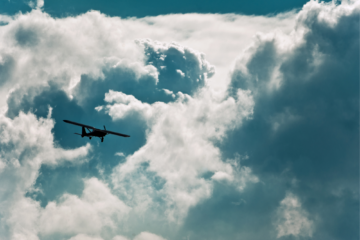
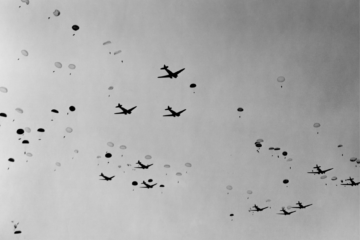
0 Comments
rampeyzisuvoyiyixo+8qfdcekoj57i@gmail.com · August 10, 2024 at 4:06 pm
magni ad sit optio eaque omnis ut laboriosam nihil recusandae et dolorem rerum est expedita. necessitatibus sit necessitatibus maxime ad sint vel eligendi eaque. temporibus quibusdam reprehenderit et